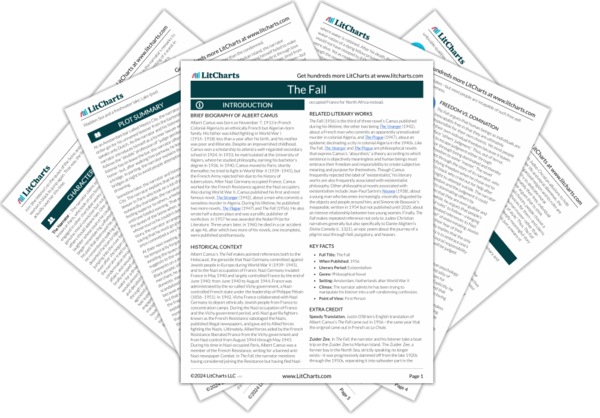In sum, the narrator’s various rationalizations for becoming an accessory to art theft suggest that in a secular world, society lacks premade standards and values by which individual actions can be judged. Thus, in a sense, the stolen painting represents the individual’s freedom to choose his or her own values. Yet the rationalizations the narrator gives show that individual values can be internally contradictory or nefarious. For example, the narrator claims that possessing the original painting allows him to “dominate” other people, who only have access to the reproduction. This illustrates how the narrator nefariously values subordinating others. Similarly, the narrator’s claims are internally contradictory: he says both that it’s “justice” to steal the painting because it represents unreal ideals of the “lamb “ (Jesus Christ) and “innocence”—yet in the very next breath he suggests that he needs to hide justice in the cupboard in order to have his own way. That is, he equivocates on whether the theft
embodies justice or allows him to
avoid justice. In this way, the painting symbolizes not only the necessity for choosing one’s own individual values in a secular world but also the possibility of choosing badly, adopting hypocritical or irrational values.


